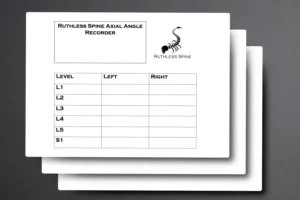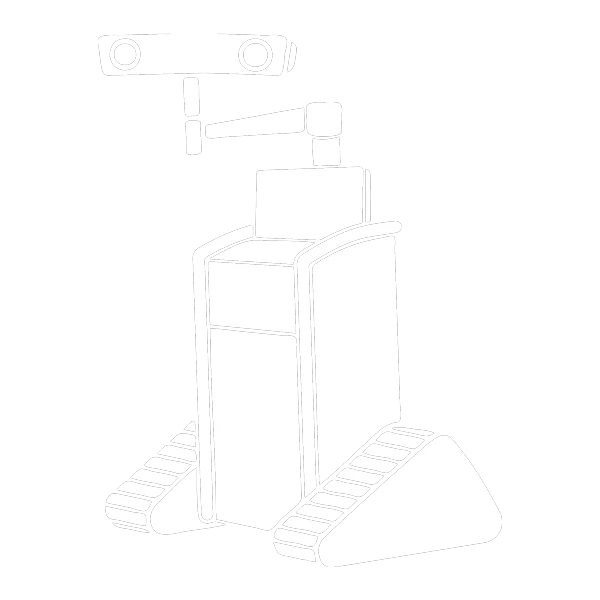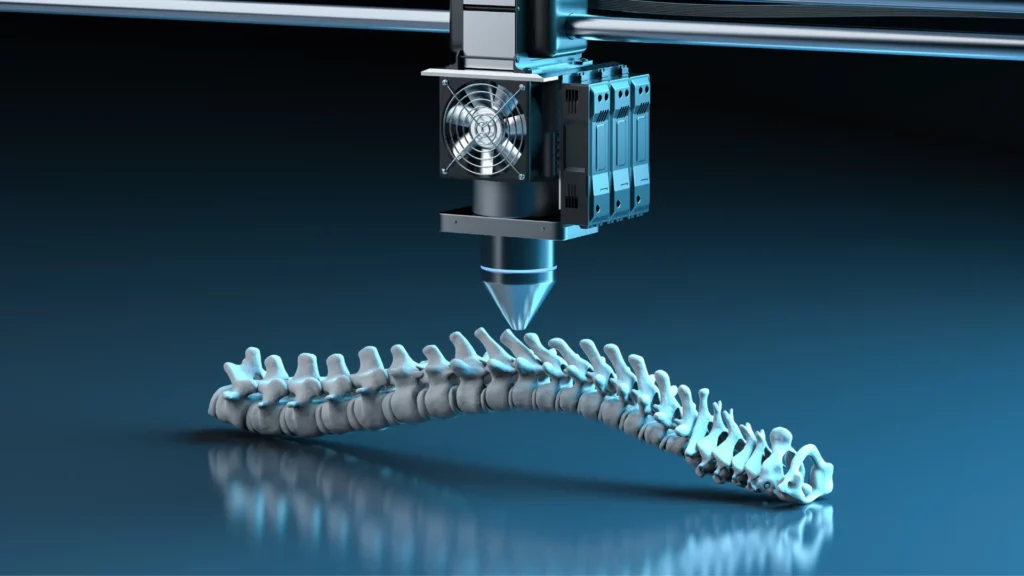
The evolution of surgical techniques has seen a significant advancement with the introduction of robotic spine surgery. This cutting-edge technology offers precision, efficiency, and improved outcomes for patients undergoing spinal procedures. In this blog, we will delve into the intricacies of robotic spine surgery, comparing it with traditional methods, exploring various types of surgeries, and examining the different robotic systems used in these procedures.
What is Robotic Spine Surgery?
Robotic spine surgery is a cutting-edge medical procedure that integrates advanced robotic systems with traditional surgical techniques to enhance precision and outcomes. This innovative approach is transforming the field of spinal surgery, providing surgeons with improved accuracy, efficiency, and patient safety. Robotic spine surgery typically employs a combination of high-resolution imaging, computer-assisted navigation, and robotic arms. The robotic systems are designed to assist surgeons in planning and executing spine surgery with unparalleled precision.
Advantages of Robotic Spine Surgery
Enhanced Precision
Robotic systems improve the accuracy of surgical procedures. They allow for precise placement of screws and other instruments, reducing the risk of misalignment and improving overall surgical outcomes.¹⁻²
Minimized Invasiveness
This technology supports minimally invasive surgery, which means smaller incisions, less tissue damage, reduced blood loss, and faster recovery times compared to traditional surgery.¹⁻²
Reduced Complications
Some studies have reported lower rates of complications with robotic-assisted surgeries. For instance, the precision offered by robots can decrease the likelihood of revision surgeries, which are required to correct issues from the initial procedure.³
Better Visualization
The high-definition, 3D views provided by robotic systems allow surgeons to see the surgical area with greater clarity, enhancing their ability to perform delicate procedures.¹⁻⁴
Shorter Hospital Stays
Patients undergoing robotic spine surgery often have shorter hospital stays due to the less invasive nature of the procedure and the quicker recovery time.¹
Disadvantages of Robotic Spine Surgery
Expensive
Robotic surgery systems are expensive, and this cost is often passed on to patients. Many insurance plans may not fully cover the procedure, making it less accessible.²⁻³
Robotic Spine Surgery Cost
Robotic-assisted spine surgeries generally tend to be more expensive than traditional methods due to the advanced technology involved. Some sources share that the cost for these procedures may range from $50,000 to over $100,000. However, robotic surgeries may lead to savings in the long run by reducing the need for revision surgeries and shortening hospital stays.⁶⁻⁷
Limited Availability
Not all medical centers have the necessary equipment or trained personnel to perform robotic spine surgery. This limits patient access to this advanced surgical option.²
Learning Curve
Surgeons need specialized training to operate robotic systems effectively. This learning curve can impact the adoption and effectiveness of the technology initially.²⁻⁴
Potential for Equipment Malfunction
As with any technology, there is a risk of equipment failure. This could potentially lead to surgical errors or the need to convert to traditional surgical methods mid-procedure.³⁻⁴
Limited Long-Term Data
Since robotic spine surgery is relatively new, there is limited long-term data on its effectiveness. Ongoing research is necessary to fully understand the benefits and risks associated with these procedures.³⁻⁵
Types of Robotic Spine Surgery
Spinal Fusion
Spinal fusion is a common procedure used to treat conditions such as degenerative disc disease, scoliosis, and other spinal deformities. It involves the fusion of two or more vertebrae to eliminate motion between them and relieve pain.

Robotic Spine Surgery Systems for Spinal Fusion
Mazor X
The Mazor X robotic guidance system is designed to assist surgeons in performing precise and accurate spinal fusion surgeries. This system offers a comprehensive solution for pre-operative planning, intra-operative guidance, and post-operative evaluation. The Mazor X system improves surgical accuracy, reduces the risk of complications, and shortens recovery times.⁸
Learn more about the Mazor X robotic guidance system
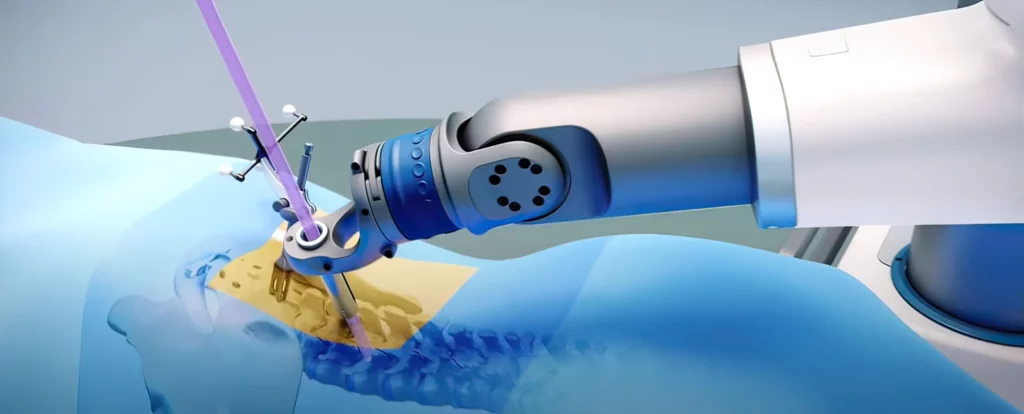
ExcelsiusGPS
The ExcelsiusGPS robotic navigation platform is another advanced system used for spinal fusion surgeries. This platform integrates pre-operative imaging with real-time surgical navigation, enhancing the surgeon’s ability to place screws and other hardware with high precision. The ExcelsiusGPS system aims to improve patient outcomes by minimizing surgical invasiveness and reducing operation times.⁹
Learn more about the ExcelsiusGPS robotic navigation platform
Scoliosis Correction
Scoliosis correction involves realigning and stabilizing the spine in patients with abnormal spinal curvatures. Robotic systems play a crucial role in enhancing the accuracy and safety of these complex procedures.
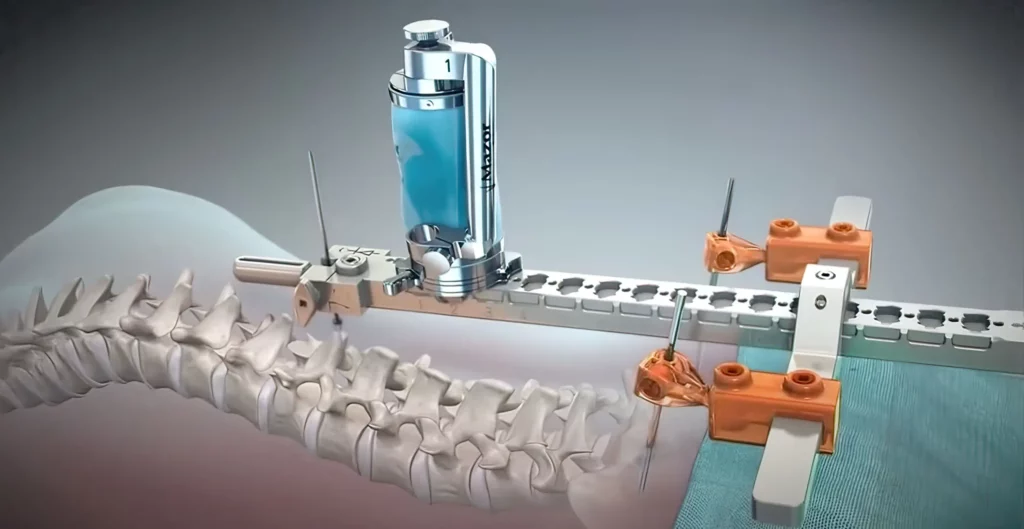
Robotic Spine Surgery Systems for Scoliosis Correction
Renaissance Guidance System
The Renaissance Guidance System by Mazor Robotics is specifically designed for scoliosis correction and other complex spinal deformities. This system allows for detailed pre-operative planning and precise execution during surgery. It aids surgeons in achieving optimal spinal alignment while minimizing risks and improving patient outcomes.¹⁰
Learn more about the Renaissance Guidance System
Disc Herniation Repair
Disc herniation repair is a minimally invasive procedure aimed at relieving pressure on spinal nerves caused by herniated discs. Robotic systems enhance the precision and efficacy of these surgeries.
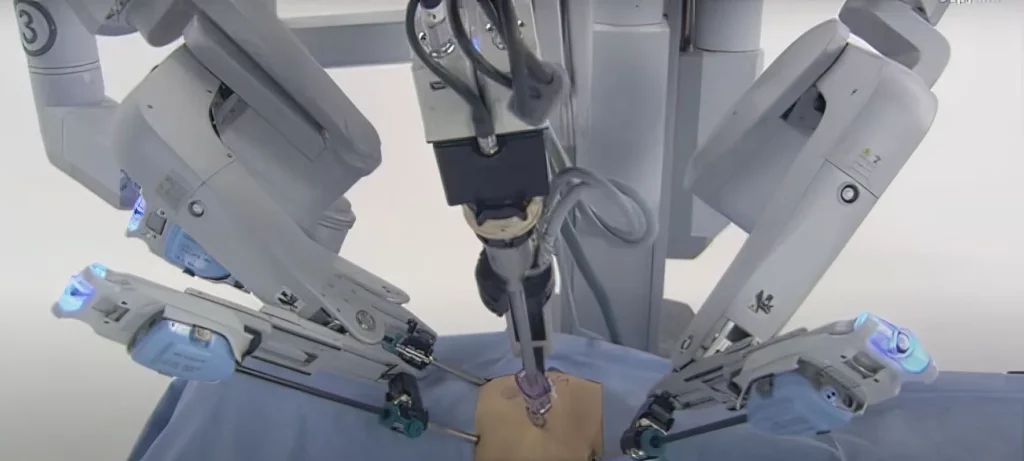
Robotic Spine Surgery Systems for Disc Herniation Repair
da Vinci Surgical System
The da Vinci Surgical System is widely used in various minimally invasive procedures, including disc herniation repair. This system provides surgeons with enhanced visualization, dexterity, and control, enabling them to perform delicate operations with minimal tissue damage. The da Vinci system’s precision helps in reducing recovery times and improving patient outcomes.¹¹
Learn more about the da Vinci Surgical System
Vertebral Compression Fracture Stabilization
Vertebral compression fractures, often caused by osteoporosis, can be stabilized using minimally invasive robotic-assisted procedures.
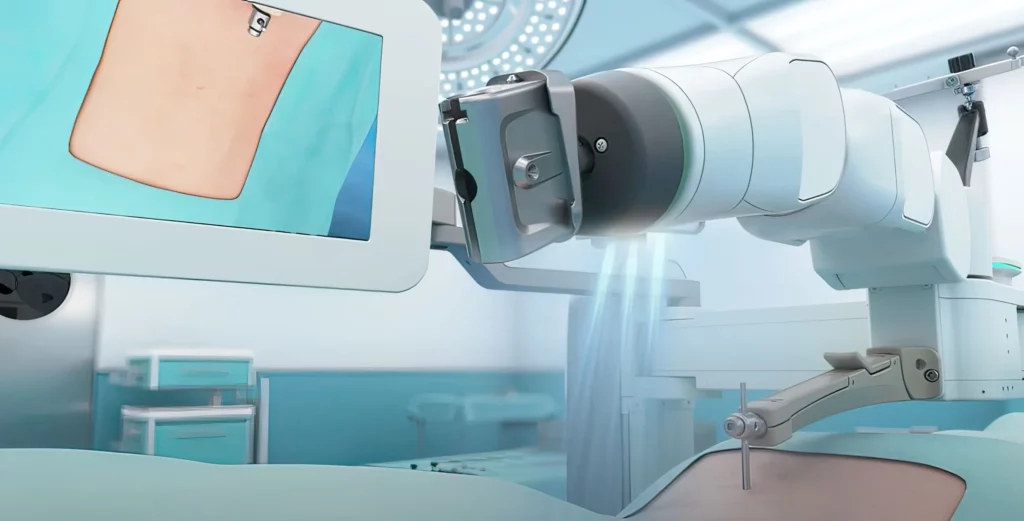
Robotic Spine Surgery Systems for Vertebral Compression Fracture Stabilization
Mazor X Stealth Edition
The Mazor X Stealth Edition combines advanced imaging technologies with robotic guidance to enhance the precision of vertebral compression fracture stabilization procedures. This system aids surgeons in accurately placing instruments and implants, reducing the risk of complications and improving patient recovery.¹²
Learn more about the Mazor X Stealth Edition
Conclusion
Robotic spine surgery represents a significant leap forward in the field of spinal surgery, offering enhanced precision, reduced recovery times, and improved overall outcomes for patients. By integrating advanced robotic systems such as the Mazor X, ExcelsiusGPS, Renaissance Guidance System, and da Vinci Surgical System, surgeons can perform complex spinal procedures with increased accuracy and control.
The comparison between robotic-assisted and traditional spine surgeries highlights the numerous benefits of this innovative approach, although it is important to consider the initial costs and the learning curve associated with these technologies. Nonetheless, the potential for better patient outcomes and quicker recoveries makes robotic spine surgery a compelling option for many.
Understanding the different types of robotic spine surgeries and the specific systems designed for each procedure provides valuable insights into the capabilities and applications of this technology. From spinal fusion and scoliosis correction to disc herniation repair and vertebral compression fracture stabilization, robotic systems are revolutionizing the way spinal surgeries are performed.
As robotic spine surgery continues to evolve, it is poised to become a standard practice in the medical field, offering hope and improved quality of life for patients with spinal conditions. For those considering spinal surgery, exploring robotic options with their healthcare providers can be a crucial step towards achieving the best possible surgical outcomes.
References
- Cleveland Clinic. (n.d.). Robotic surgery. Retrieved from https://my.clevelandclinic.org/health/treatments/22178-robotic-surgery
- Emergen Research. (n.d.). Revolutionizing spinal surgery: The role of robotics. Retrieved from https://www.emergenresearch.com/blog/revolutionizing-spinal-surgery-the-role-of-robotics
- Spine-health. (n.d.). Potential advantages and disadvantages of robotic spine surgery. Retrieved from https://www.spine-health.com/treatment/back-surgery/potential-advantages-and-disadvantages-robotic-spine-surgery
- Spine Market Group. (n.d.). Advantages and disadvantages of robotic-assisted spinal surgery: The 12 most relevant systems. Retrieved from https://thespinemarketgroup.com/advantages-and-disadvantages-of-robotic-assisted-spinal-surgery-the-12-most-relevant-systems/
- Spine.MD. (2021, January 19). Are robots for spine surgery worth the cost? Retrieved from https://www.spine.md/insights/articles/robots-spine-surgery-worth-cost/
- Complete Orthopedics. (n.d.). Understanding the use of robotics in spine surgery. Retrieved from https://www.cortho.org/spine/cervical-spine-surgery/understanding-the-use-of-robotics-in-spine-surgery/
- San Diego Spine Surgeon. (n.d.). Robotic-assisted vs. traditional spine surgery: Making an informed choice. Retrieved from https://www.sandiegospinesurgeon.com/blog/robotic-assisted-vs-traditional-spine-surgery-making-an-informed-choice-40396.html
- Penn State Health. (n.d.). Mazor X robotic-guided surgery. Retrieved from https://www.pennstatehealth.org/services-treatments/neurosurgery/mazor-x-robotic-guided-surgery
- Lee Health. (n.d.). ExcelsiusGPS robotic navigation platform. Retrieved from https://www.leehealth.org/our-services/general-surgery/excelsiusgps-robotic-navigation-platform
- RWJBarnabas Health. (n.d.). The Mazor robotics renaissance guidance system. Retrieved from https://www.rwjbh.org/rwj-university-hospital-new-brunswick/treatment-care/neurosciences/neurosurgery/neurosurgical-treatments/the-mazor-robotics-renaissance-guidance-system/
- UC Health. (n.d.). Da Vinci surgical system. Retrieved from https://www.uchealth.com/services/robotic-surgery/patient-information/davinci-surgical-system/
- Lifespan. (n.d.). Mazor X Stealth robotic surgery platform. Retrieved from https://www.lifespan.org/centers-services/lifespan-orthopedics-institute/spine-care/mazor-x-stealth-robotic-surgery-platform

